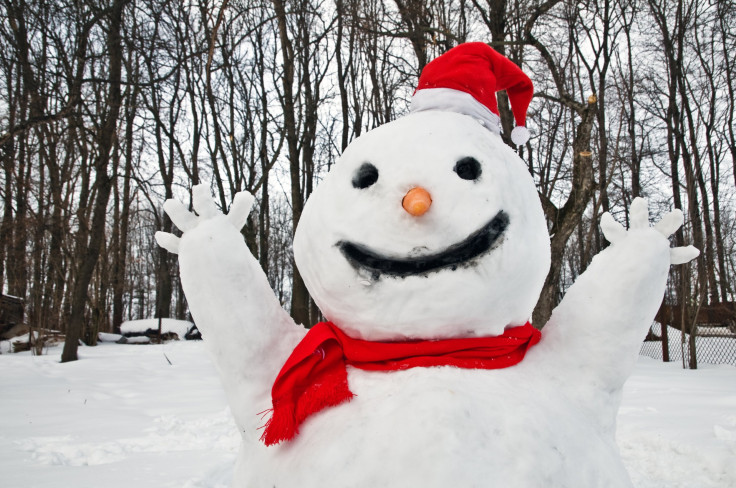Lose Weight While Chilling At Home? Protein Found In Fat May Trigger Weight Loss

Winter is here, and although most people are persuaded by the cold temperatures to stay inside and hibernate, potential weight loss triggers are found just outside — no exercise required. Researchers from the University of California, Berkeley, took a closer look into how the fuel-efficient, fat-burning brown fat is triggered by cold temperatures, and discovered the flip switch. Their findings, published in the journal Molecular Cell, may bring doctors closer to better treating obesity.
Fat isn’t just fat. There are two different types of fat: one is a fat-burning machine and the other is a potentially harmful organ choker. Brown fat is the good stuff, filled with energy-burning mitochondria, which helps metabolize efficiently while creating heat. Researchers have now discovered the exact protein called transcription factor Zfp516, which helps the bad fat become the good, brown fat. Exercise can also stimulate brown fat, and in turn converts the white-yellow fat into more brown fat.
"Knowing which proteins regulate brown fat is significant because brown fat is not only important for thermogenesis, but there is evidence that brown fat may also affect metabolism and insulin resistance," the study’s lead author Hei Sook Sul, UC Berkeley professor of nutritional science and toxicology, said in a press release. "If you can somehow increase levels of this protein through drugs, you could have more brown fat, and could possibly lose more weight even if eating the same amount of food."
Only in the past five years have research labs all over the world been studying different ways to control brown fat. Harvard Medical School researchers just discovered how to trigger brown fat by administering bladder-control drugs to patients. The bladder, brown and white fat, coincidentally share the same receptors on the surface, so by treating the bladder the brown fat turns on and transforms white fat into more brown fat. Swedish researchers have also been looking into brown fat and found a new pathway to make the brown fat stimulate blood sugar intake — great news for diabetics.
"Brown fat is active, using up calories to keep the body warm," the study’s coauthor Jon Dempersmier, a Ph.D. student in nutritional science and toxicology, said in a press release. "It'll burn fat, it'll burn glucose. So the idea is that if we can harness this, we can try to use this in therapy for weight loss and for diabetes."
Now, by using brown fat’s other powers to generate heat, they could force it to convert white fat into more brown fat. Turning to the dark side never looked so good. By using cold temperatures as the key trigger, the protein can make the conversion more effectively. If researchers learn how to isolate the protein and turn it on and off, patients suffering from obesity could be alleviated from burdensome white-fat weight.
"It has been noted that outdoor workers in northern Finland who are exposed to cold temperature have a significant amount of brown fat when compared to same-aged indoor workers," Sul said. "But overall, the percentage of brown fat in adults is small compared to white fat. We also know that obese people have lower levels of brown fat."
White-yellow fat is the kind we don’t want, yet it makes up 90 percent of the fat in our bodies. It stores excess energy, builds around vital organs, and carries hormones such as estrogen, adrenaline, cortisol, and hunger-appetite regulators. Sul said finding a way to turn some of that unwanted fat into energy-burning brown fat could have significant potential in the fight against obesity.
"This suggests that the transgenic mice were protected from diet-induced obesity," Sul said. "This protein could become an important target for research into the treatment and prevention of obesity and obesity-related diseases."
Source: Sul HS, Depmpersmier J, et al. Molecular Cell. 2014.



























